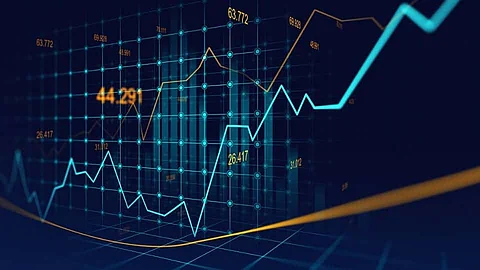
- Insights
- Cryptocurrencies
- Stocks
- White Papers
- Industry
- Geography
- Insights
- Cryptocurrencies
- Stocks
- White Papers
- Industry
- Geography


No wonder, Analytics has surely carved a niche for itself. With every passing day, the applications that this field caters to are exponentially increasing so much so that one gets to see its usage in almost every field, every sector and every domain. Having said that, Graph analytics is one such area that has seen immense growth over the years. Also, its ability to incorporate new data sources and mine new relations among those datasets with absolute ease is the reason why this field is popular.
Graph analytics, as known to many, is the analysis of relations among entities such as customers, products, operations, devices, etc. by making use of graph models in order gain information. The information so obtained, needless to say, can further be used for a variety of reasons. Fraud detection, search engine optimization are just two of the many areas where Graph analytics forms the base. The expected market growth is one of the prime reasons why Graph analytics is important.
The crux of this type of analytics is that all the activities pertaining to data like storing the data, managing it, etc. are all illustrated in the form of a graph. The entities/points are the vertices that are denoted by nodes and the relationships are denoted by the edges. In the real-world, these entities could be customers, employees, schools, banks, retail stores, airports, temples, etc.
With each and every type of graph analytics, there are enormous algorithms associated right from the simple ones to the most intensive ones. The purpose of all of them, though, is the same – find the perfect solution.
Graph analytics mainly involves 4 types of analytics
Having talked about different types of graph analytics, it is also equally important to know the areas where all this can be put into the best possible use.
These are just a few of the many applications that Graph analytics boasts of. With the advancement in technology in the years to come, it wouldn't be surprising at all to see each and every problem and issue being addressed by this branch of analytics.
